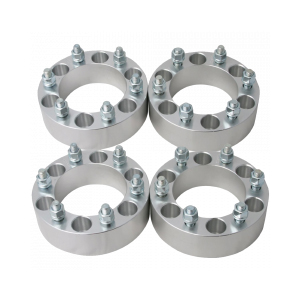Understanding the Importance of Axial Shaft Seals in Mechanical Applications
Understanding Axial Shaft Seals A Critical Component in Mechanical Systems
Axial shaft seals, also known as axial seals or shaft lip seals, play a crucial role in maintaining the integrity and efficiency of various mechanical systems. These seals are designed to prevent the leakage of fluids, such as oils or lubricants, from an assembly while also protecting the internal components from external contaminants. Understanding their function, design, and application can help in selecting the right seal for your needs.
Function and Importance
The primary function of an axial shaft seal is to create a barrier between rotating and stationary parts. This is particularly important in applications where components are subject to rotational movement, such as in motors, pumps, and gearboxes. Without an effective seal, valuable lubricants can escape, leading to overheating, increased wear and tear, and potential failure of the machinery. Moreover, contaminants like dirt, dust, and moisture can infiltrate the system, causing further damage and reducing the lifespan of the equipment.
Design Features
Axial shaft seals are typically composed of elastomeric materials that provide flexibility and resilience. The design may include a sealing lip that exerts a radial force against the shaft to create a tight seal. The materials used in these seals must be compatible with the fluids they will encounter, ensuring they do not degrade over time. Common materials include nitrile rubber, fluoroelastomers, and silicone, each chosen based on the specific application requirements.
axial shaft seal

Additionally, axial seals can be designed with features such as dust lips or integrated spring mechanisms to enhance their performance. Dust lips act as an additional barrier, preventing the ingress of external particles, while springs can help maintain consistent contact with the shaft, compensating for wear and thermal expansion.
Applications
Axial shaft seals are widely used in various industries, including automotive, aerospace, and manufacturing. In automotive applications, for example, they are essential for sealing engine components, transmission systems, and differential housings. In aerospace, they ensure the reliability of hydraulic systems and fuel pumps. Meanwhile, in manufacturing, they are used in conveyor systems and heavy machinery to prevent lubrication losses.
Conclusion
In conclusion, axial shaft seals are vital components that ensure the smooth and reliable operation of mechanical systems. By preventing fluid leakage and protecting against contaminants, they significantly contribute to the longevity and performance of machinery. When selecting an axial shaft seal, it’s important to consider factors such as material compatibility, design features, and application requirements to ensure optimal functionality. Understanding these elements can lead to better maintenance practices and overall system efficiency.
-
Understanding the Front Main Engine Seal: Purpose, Maintenance, and Installation
News Jul.29,2025
-
Understanding O-Rings and Seal Rings: Types, Applications, and Custom Solutions
News Jul.29,2025
-
Understanding Crankshaft Oil Seals: Rear Seals, Pulley Seals, and Their Role in Engine Integrity
News Jul.29,2025
-
The Importance of Front and Rear Crankshaft Seals in Engine Performance and Oil Management
News Jul.29,2025
-
Crank Oil Seals: Functions, Types, and Cost Considerations in Engine Maintenance
News Jul.29,2025
-
A Comprehensive Guide to O-Rings and Seals: Types, Materials, and Global Applications
News Jul.29,2025
-
Mastering Diesel and Performance Engine Maintenance: A Guide to Critical Oil Gaskets
News Jul.28,2025
Products categories















